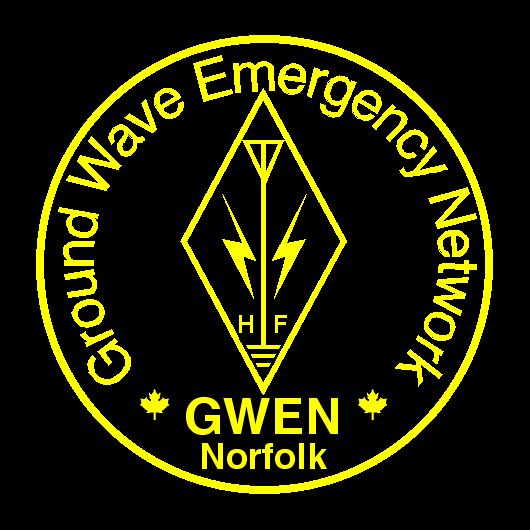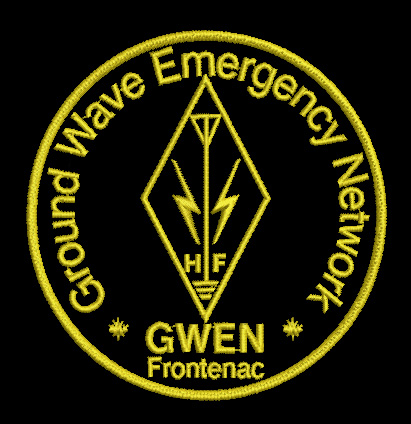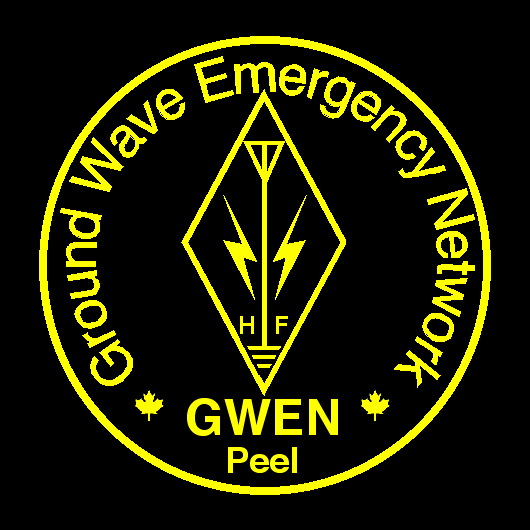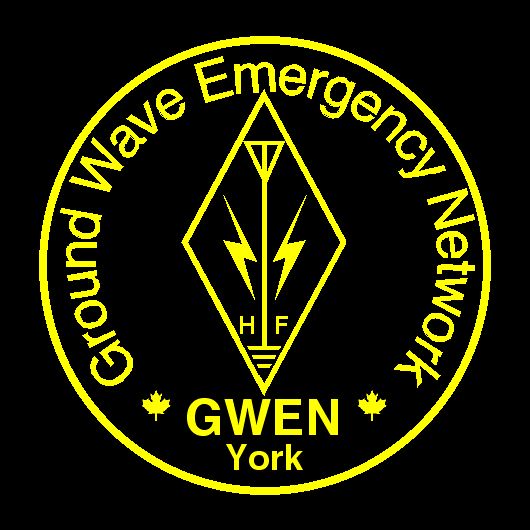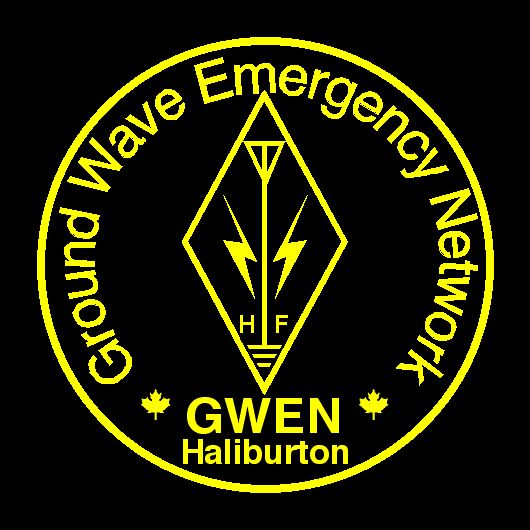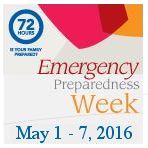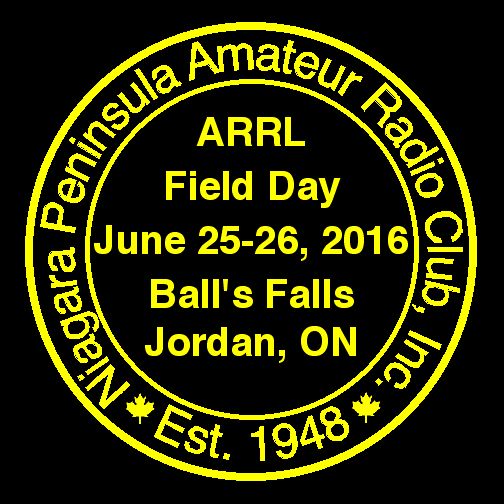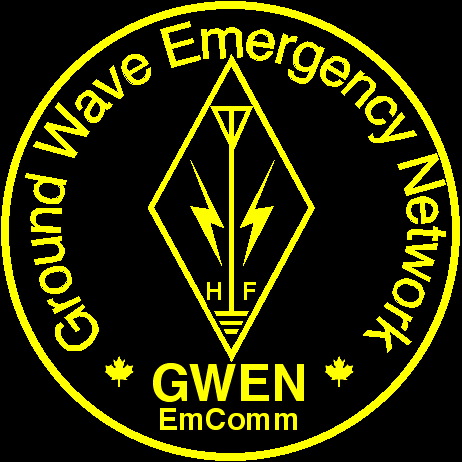Frontenac Ground Wave Emergency Network
Antenna Evaluation Criteria
1. Background: For successful ground wave propagation it is essential that the antenna be as efficient as possible. Ideally it would be one quarter wavelength long, mounted over good soil and with a large number of radials. This is often impractical, especially for EmComm deployments. This document outlines some practical criteria for evaluating deployable antennae with the goal of determining best practices and sharing those amongst EmComm groups.
2. Purpose: This document specifies the evaluation criteria for ground-wave antennae used for EmComm deployments.
3. Procedure: As a field training exercise, EmComm members will gather in one large area and erect their ground wave antennae. This activity will be evaluated by a team of judges using the criteria shown below. Of critical importance will be the efficiency of the antennae. This will be measured by applying a known amount of power (e.g. 5 Watts) to the antennae and have the strength of those signals measured by a distant station (e.g. HF mobile with 8 ft whip at 5 to 10 km).
4. Criteria:
- Efficiency. This is the most important characteristic of the antenna. Evaluation will be based on signal strength measurements - 40 pts for best, 35 pts for 2nd best, 30 pts for 3rd, etc.
- SWR. At the bottom of the antenna (including any base tuner), the SWR must be very low. This is necessary to ensure that a high SWR on any horizontal transmission line does not alter the polarization or radiation pattern of the antenna. In addition, a low SWR is necessary to ensure that modern transmitters (with or without an internal tuner) will work into the antenna. This criterion must be met across the entire band (e.g. from 3.500 to 4.000 MHz). Score 10 pts for SWR under 1.5:1, score 5 pts for under 2:1, minus 10 pts for SWR above 2:1.
- Time. As these antennae are intended to be deployable, the time required to erect and dismantle them is important. Deployment time will be reckoned from the time the operator opens his/her vehicle until they deem that the antenna is ready for initial SWR measurement at 3.750 MHz. Packing time will be reckoned from the time a start signal is given until all parts are back in the vehicle. Repacking must result in the antenna being ready for subsequent deployment. Evaluation will be based on the combined time for deploying and repacking. Score 20 pts for 20 minutes or less, 15 pts for under 25 minutes, 10 points for under 30 minutes, 5 pts for under 35 minutes, 0 points for over 35 minutes.
- Safety. The antenna must not put the operator or public at risk from RF shock, tripping hazards or from total/partial collapse of the antenna. This will be evaluated by the Judges' discretion with up to 10 points for an installation that is mechanically and electrically safe and presents no hazards to the public. An RF ground for the station must be provided.
-
Mechanical Features. This is a general category that captures the mechanical simplicity of the antenna. This will be evaluated by the Judges' discretion with up to 20 points given for the best design. Consideration will be given to such things as:
- Repairability in the field
- Cost
- Size of the antenna when packed
- Ease of deployment/repacking in dark
- Ease of deployment/repacking in winter
- Transportability by vehicle/manpack/aircraft
5. Recognition. All participants in this exercise will receive a certificate. Bragging rights will go to the operators with the best three antennas.

 Ground Wave Emergency Network - EmComm
Ground Wave Emergency Network - EmComm 